1.
Introduction
At the end of 2019, patients with pneumonia symptoms were admitted to hospitals in the province of Wuhan in China. These patients rapidly evolved into critical respiratory failure and acute respiratory distress syndrome (ARDS). Later enough, Chinese researchers identified the pathological agent linked to this severe pneumonia: a novel coronavirus that would later be named SARS-CoV-2 (Severe Acute Respiratory Syndrome Coronavirus 2), which causes the coronavirus disease of 2019 (COVID-19) [1]–[3].
Coronaviruses are a set of enveloped, single-stranded, positive-sense RNA genome viruses that are capable of infecting humans and promoting respiratory and gastroenterological infections. There are four subfamilies of coronaviruses: alfa, beta, gamma, and delta. The SARS-CoV-2 belongs to the beta family, along with other coronavirus linked to severe diseases related to the respiratory tract [4],[5].
Although this new coronavirus is responsible for such severe respiratory symptoms, the SARS-CoV-2 infection can be mild or asymptomatic, which could explain how fast COVID-19 spread throughout the world. Since its identification and nomination by the World Health Organization (WHO) in early 2020, this novel virus is confirmed in 216 countries, and the world prevalence reaches about 8 million people infected and almost half a million deaths, according to WHO [6],[7].
The moderate cases of COVID-19 cause atypical pneumonia with dry cough, fever, and progressive dyspnea. Other upper airway respiratory symptoms can be detected, such as odynophagia, nasal constipation, and sneezes. Gastrointestinal symptoms can also be present such as vomiting and diarrhea, especially in children. The incubation period is 1 to 7 days, and the median incubation period is of 3 days. Moderate to severe clinical features will happen between 7 to 11 days after the infection [8]–[10].
Recent research aims to understand the pathophysiology of the SARS-CoV-2 and the onset of COVID-19. It is believed that the infection caused by the virus in alveolar epithelial cells, mediated by the angiotensin-converting enzyme II (ACE2) as a receptor, causes an intense inflammatory response by the immune system that results in a cytokine storm and disseminate inflammation, responsible for tissue lesions not only in the respiratory tract but also in the kidneys, liver and cardiac cells. The radiologic findings (ground-glass patterns, consolidations, and alveolar exudates) and laboratory markers (protein-C-reactive and lactic dehydrogenase) corroborate with the extensive inflammation process [11]–[13].
Risk factors to the severe forms of COVID-19 include age (>60 years), obesity, dyslipidemia, diabetes, hypertension, and other cardiovascular diseases, which could be related to a less competent immune response and increased inflammatory patterns to the infection [14]–[16].
Nevertheless, it is essential to highlight that COVID-19 is not the only pandemic that is threatening lives in the 21st century. There is a relevant increase in the prevalence of cardiovascular diseases, which are a reflection of the increase in the prevalence of diabetes, dyslipidemia, obesity, and hypertension. In the United States, about 40% of all adults have metabolic syndrome (MS), and it is estimated to affect a quarter of the world population. Alongside that, it is estimated that the world prevalence of diabetes is of 8.8%, and the global prevalence of obesity is of 604 million adults [17]–[19].
Furthermore, it is possible to suggest that the presence of metabolic syndrome is a risk factor in developing the critical forms of coronavirus disease. The use of an artificial intelligence framework could predictive analytics capabilities applied to real patient data and could provide fast clinical decision-making support [20]. Therefore, it is imperative to comprehend the relation between MS and the pathophysiology of COVID-19 to manage the disease in these susceptible individuals better. In this light, this work aims to build a descriptive review of the relationship between the factors inherent to MS and COVID-19, in order to better clarify the mechanisms belonging to this association.
2.
Methods
PUBMED-Medline database was consulted to build this descriptive review. The descriptors that were used were COVID-19 or SARS-CoV-2 and metabolic syndrome or diabetes or hypertension or dyslipidemia or cardiovascular diseases. One hundred forty-nine articles were found in the databases that were consulted. After removing duplicates, 56 articles related to COVID-19 and MS parameters were selected. Other related articles were also consulted and helped to prepare the introduction and the discussion section.
3.
Discussion
3.1. Metabolic syndrome: main aspects
The modern lifestyle creates modifications in dietary habits and physical activity, increasing the incidence of chronic diseases, including MS. This condition is a cluster of clinical findings made up of abdominal obesity, hyperglycemia, high triglyceride levels, low high-density lipoprotein (HDL-c) levels, and hypertension. It is a prothrombotic and pro-inflammatory state characterized by increased inflammatory cytokine activity. In addition to inflammatory dermatoses, such as psoriasis, lichen planus, and hidradenitis suppurativa, MS is also associated with accelerated cardiovascular diseases, hyperuricemia, chronic kidney disease, and obstructive sleep apnea. The therapeutic options are limited to treatments for hypertension, hyperglycemia, and hypertriglyceridemia, as well as dietary control measures and regular exercise practice [21],[22].
The global prevalence of MS differs depending on geographic and sociodemographic factors, as well as the diagnostic criteria used. National Health and Nutrition Examination Survey (NHANES) data estimate that 35% of adults in the United States, and as much as 50% of the over-60 population, carry a diagnosis of this condition (30.3% in men and 35.6% in women) [21].
As the prevalence of MS increases, so has research on it. Studies have proposed that adipocytes can play different endocrine functions and are closely related to the pathogenesis of this syndrome. The brown adipocytes that are in lower concentrations in individuals with MS present much more mitochondria in the cytoplasm and are enriched with more uncoupling protein 1 (UCP1) that can induce thermogenesis. When there is an increase in abdominal fat, there is a reduction in brown adipose tissue and an increase in white adipocytes that are related to a pro-inflammatory state. Anti-inflammatory macrophages (M2) are changed by pro-inflammatory macrophages (M1), leading to the release of many adipokines. It is observed an imbalance in the release of leptin, visfatin, and adiponectin and an increase in free fatty acids levels, resulting in insulin resistance [19].
Other factors are also related to MS, such as genetic/epigenetic factors, the predominance of a sedentary lifestyle, quality and composition of food, and composition of gut microbes. No single remedy can be prescribed for its eradication or even curtailment, but it is a disease that certainly deserves attention because of its high incidence in the world, and nowadays, we should also consider that it as a risk factor for COVID-19 complications [19],[23].
3.2. General aspects of COVID-19
The 2019 coronavirus disease pandemic (COVID-19) is responsible for a global health threat in the world. COVID-19 is an infectious disease with severe acute respiratory syndrome coronavirus 2 (SARS-CoV-2), and the first case was identified in patients in contact with a seafood market in the city of Wuhan, Hubei Province-China in December 2019. Despite not having a high mortality rate (ranging from 2 to 3% depending on the country), the condition has reached global proportions and was responsible for many deaths, which makes the COVID-19 pandemic a substantial challenge for society and their respective rulers [3],[24].
The coronavirus presents four subtypes (α, β, γ e δ) and the SARS-CoV-2 is a type of β coronavirus. The SARS-CoV-2 connects with type II pneumocytes by its capacity to bind with angiotensin-converting enzyme 2 (ACE2). The viral infection is cytopathic to human airway epithelial cells and alveolar cells. The distribution of the ACE-2 receptor is broad on the cardiac, renal, intestinal, and endothelial cells, also consisting of the target organs involved and the clinical scenario of COVID19 infection. The pathogenesis of this disease is mostly unknown. However, it may mimic SARS to some extent but is known that the viral infection of pneumocytes induces local inflammatory responses promoting the release of cytokines interleukin-1β (IL-1β), IL-6, transforming growth factor-β1 (TGF-β1), tumor necrosis factor-α (TNF-α) and numerous chemokines that serve to recruit circulating leukocytes. In many forms of COVID-19, the ensuing inflammatory cascade may lead to a cytokine storm, elevating serum cytokine levels, including IL-2, IL-7, IL-10, granulocyte colony-stimulating factor (G-CSF), monocyte chemotactic protein (MCP), and TNF-α. The cytokine storm is believed to be a key factor driving both acute respiratory distress syndrome (ARDS) and extra-pulmonary organ failure, like peripheral lymphopenia. The serum levels of cytokines are significantly increased in patients with ARDS, and the degree of increase is positively correlated with mortality rate [3],[25],[26].
The peripheral lymphopenia occurs due to the compartmentalization of apparent recruitment of these cells into virus-infected lung tissue rather than any specific virus-mediated suppression. This modulatory capacity is seen by increased activation in HLADR + CD38 + T cells in peripheral blood and an increase in subetaoups os CD4 + T cells [3],[25].
Higher viral loads were found in the nasal cavity as compared to the throat in symptomatic and asymptomatic subjects. Patients can be infectious for as long as the symptoms last and even on clinical recovery. The infected droplets can spread 2 meters and deposit on surfaces being viable for days in favorable atmospheric conditions. People can get this disease by inhalation of these droplets or touching surfaces and then touching the airways and eyes. Transplacental transmission has not been described [24]. All of these factors imply high transmissibility and a high chance of complications, especially in patients with comorbidities such as MS.
3.3. The association between obesity and COVID-19
The increase in visceral or centripetal obesity is an element of great concern due to the possibility of induction of a low-grade pro-inflammatory state, with an abundant environment of inflammatory cytokines and adipokines that corroborate to generate insulin resistance, arterial hypertension, and dyslipidemia. For these reasons, obesity constitutes the central pillar in the genesis of MS. Among the cytokines associated with obesity, the well-known are TNF-α, IL-1, IL-6, PAI-1, leptin, IL-17, IL-23, and TGF-β [27]–[29].
The cytokine storm presents both in chronic obesity and in the pathophysiological arsenal of COVID-19 is an environment permeated by an abundance of pro-inflammatory cytokines that favors the modulation of hyperbolic and dysfunctional responses, contributing to increased vascular permeability and tissue invasion by leukocytes. These responses favor cell damage, harm to the occlusive junctions of the respiratory epithelium, and increase the vulnerability to the onset of severe respiratory failure due to a drop in lung function and, consequently, negative outcomes, resulting in substantial impact in COVID-19 prognosis [25],[30],[31].
Furthermore, it is postulated that the stimulation to the production of IL-17 and IL-23 in obese subjects favor the shift towards a dysfunctional and inefficient immunological response to viral infections, which could contribute to the permanence and morbidity and mortality of COVID-19 in obese patients. It is also postulated that adipose tissue can be used as a reservoir for some viruses so that obesity can favor the worsening and criticality of SARS-CoV-2 infection [28],[32].
Nevertheless, it is worth noting that the pro-inflammatory secretory pattern intrinsic to obesity, associated with bad dietary habits, contributes to damage to the homeostasis of the intestinal microbiome. Gut dysbiosis, in turn, constitutes an imbalance in the immunity of the gastrointestinal tract (GIT), contributing to the invasion of pathogens through the epithelium by increasing intestinal permeability. Considering factors as the expression of ACE2 in the GIT epithelial tissue, the use of this molecule by SARS-CoV-2 in its virulence and invasion mechanisms, and the negative effects of obesity on the microbiota and the integrity of the intestinal mucosal barrier, this triad may constitute an important element in the link between COVID-19 and obesity [30],[33]–[35].
In short, more than 70% of patients with COVID-19 who require intensive care are obese. This fact allows us to infer that the collision between these epidemics of public health constitutes an element of alarm and care. Obesity contributes to increased morbidity and mortality due to COVID-19 in many different ways. However, the pillar that best supports this relationship is based on overlapping inflammatory states, added to damage in immunological homeostasis [28].
3.4. COVID-19 and type 2 diabetes mellitus
Type 2 diabetes mellitus (T2D) has its pathophysiology strengthened by the sedentary lifestyle associated with excessive intake of sugars, fats, and products rich in preservatives and dyes. Also, as already mentioned, central obesity is a significant stimulus for the development of insulin resistance, contributing to the generation of hyperglycemia and oxidative stress [29],[36],[32].
T2D has been a reported risk factor in patients with COVID-19, being correlated to a higher need for intensive care, invasive interventions, and poor prognosis, with increase morbidity and mortality. Decompensated T2D has been reported as a significant predictor of other viral infections, including Influenza A (H1N1), SARS-CoV, MERS-CoV, and currently, SARS-CoV-2 [37]–[39].
Hyperglycemia stimulates the generation of advanced glycation ends (AGEs), essential elements that generate oxidative stress and damage to the vascular endothelium. Besides, hyperglycemia favors an increased synthesis of adhesion molecules, which effectively contribute to leukocyte diapedesis and tissue damage, favoring the onset of severe respiratory failure due to impaired lung function [40],[41].
Indeed, studies have shown that diabetic patients tend to reduce forced vital capacity and forced expiratory volume in the first second in pulmonary function tests. Thus, pneumonia caused by SARS-CoV-2 tends to be exacerbated and more critical in these patients. Other studies infer that some viruses use glucose in favor of their viral replication so that hyperglycemia can contribute to increased viral load and severity of COVID-19 in diabetic patients [37],[42].
It is also important to highlight the association of T2D with a chronic low-grade inflammatory pattern, whose association with the cytokine storm mentioned above, tends to contribute to higher morbidity and the generation of negative outcomes. Moreover, T2D has already been strongly associated with inhibition of the lymphocyte proliferative response and reduction in the mechanisms of innate and humoral immunity, so that this immunodepression is linked to higher vulnerability to the development and worsening of infections, including the threatening COVID-19 [25],[37],[43].
No less important is the relationship between T2D and homeostasis dysfunction between coagulation mechanisms and fibrinolysis, favoring a prothrombotic state. These factors, added to the action of AGEs on the vascular endothelium, favor morbidity and mortality due to cardiovascular, cerebrovascular, and thromboembolic diseases, through hypercoagulability and endothelial injury [44],[45].
From this perspective, T2D is shown to be one of the main comorbidities associated with critical and worse prognosis in patients with COVID-19. This potentially lethal association is based on inflammatory, oxidative, and immunosuppressive mechanisms associated with the harmful multisystemic actions of hyperglycemia in the presence of decompensated T2D [37],[46].
3.5. COVID-19 and systemic arterial hypertension
The main manifestations of COVID-19 are respiratory symptoms; however, there are reports of patients who presented severe cardiovascular manifestations, such as hypertension and heart failure. Hypertension affects more than 1 billion people around the world and is characterized by chronic elevation of blood pressure to equal or greater than 140/90 mmHg, contributing to the development of cardiovascular diseases. Patients with hypertension show an increased risk of developing COVID-19, as well as an increased risk of unfavorable outcomes. For these reasons, it is crucial to understand the mechanisms behind this relationship as a way to improve the therapeutic approach of these patients [47]–[50].
The receptor for SARS-CoV-2 is the ACE2, a membrane-bound aminopeptidase that participates in the renin-angiotensin system (RAS), crucial to the regulation of blood pressure and electrolyte and water balance. The virus connects to ACE2 through its spike protein S, leading to a series of alterations that culminates in the internalization of the complex. The primary function of ACE2 is the degradation of angiotensin 2 in angiotensin 1–7. Angiotensin 2 promotes the desensitization of baroreceptors, vasoconstriction, sodium retention, oxidative stress, inflammation, and fibrosis, contributing to hypertension and tissue injury. On the other hand, angiotensin 1–7 has protective effects, such as anti-inflammatory and anti-fibrotic actions, apart from enhancing baroreceptor sensitivity [47],[51]–[54].
Taking into consideration that patients with cardiovascular diseases have increased secretion of ACE2, it is easy to understand why these people are more susceptible to COVID-19. One of the reasons for the increased expression of ACE2 in these patients may be due to the use of RAS inhibitors as a treatment for hypertension. These drugs upregulate the ACE2, increasing the risks of cell invasion. Despite that, the discontinuation of these medications is not recommended. Moreover, hypertension is more likely to affect older people, also considered a risk group for COVID-19 [16],[47],[55].
Hypertension was also considered as being a worse prognoses factor for COVID-19. In the study of Wang et al. (2020), among patients with severe symptoms of COVID-19, 58% had hypertension. Also, approximately 35% of patients who progressed to death had a history of hypertension. According to Li et al. (2020), 28.8% of the patients with hypertension needed to be admitted to the intensive care unit [47],[48],[56].
After the connection of the virus with the ACE2, the complex virus-ACE2 is internalized by the cell, resulting in a decreased availability of this enzyme. As a result, there is an accumulation of angiotensin 2, since ACE2 degrades this molecule. This process leads to exacerbation of lung tissue damage due to two mechanisms: the great invasion of the lung cells by the virus initially and, after depletion of ACE2, due to the action of angiotensin 2 in pulmonary tissue. Angiotensin 2 in the lungs causes vasoconstriction, inflammation, fibrosis, and pulmonary edema, which contributes to the loss of pulmonary function, leading to acute respiratory distress syndrome (ARDS). Also, angiotensin 2 accumulation leads to exacerbation of hypertension, which further complicates the cases. Lastly, angiotensin 2 also acts in the heart, in addition to direct virus injure due to the presence of ACE2, compromising cardiac function. These mechanisms may contribute to the number of severe cases and mortality in patients with hypertension and COVID-19 [16],[47],[53]–[57].
3.6. COVID-19 and dyslipidemia
Dyslipidemia is characterized by high serum levels of triglycerides (TG) and cholesterol, such as very-low-density lipoprotein (VLDL) and low-density lipoprotein (LDL), as well as low serum levels of high-density lipoprotein (HDL). This condition contributes significantly to the development of atherosclerotic cardiovascular disease due to chronic vascular exposure to oxidative stress and inflammation [47],[58]–[60].
Studies have found that cholesterol can facilitate the interaction of the virus with ACE2, favoring the infection. Also, fat tissue is postulated to serve as a reservoir for the virus in COVID-19. In terms of complications, hyperlipidemia is associated with vascular dysfunction and increased risks of atherothrombotic events. The virus can also cause direct endothelial damage, and the cholesterol may serve as a replication site for the SARS-CoV-2 in the endothelium, increasing the risks for acute thrombotic events. As a result, the presence of obesity-associated to dyslipidemia was associated with an increased risk of infection by the virus, as well as the development of complications and severity of the disease [58],[61],[62].
Wei et al. (2020) found decreased levels of LDL, HDL, and total cholesterol in patients with COVID-19, proportional to the severity of the disease. HDL and triglycerides levels were also decreased mainly in critical cases. On the other hand, levels of C-reactive protein (CRP) and IL-6 were significantly increased in those patients. One reason for these alterations in COVID-19 patients may be due to liver damage, which reduces LDL biosynthesis. Another reason is the inflammation itself, which alters the lipid metabolism, mainly by IL-6, which decreases cholesterol transport in the liver. Lastly, it is postulated that the SARS-CoV-2 can alter the permeability of the endothelium, leading to a leak of cholesterol to the interstice, which, in alveolar space, can contribute to exudate formation, found in the lungs of COVID-19 patients [58],[63].
In a long-term analysis performed in patients with a history of SARS-CoV infection, it was found that lipid metabolism was dysregulated. Approximately 68% of the patients had hyperlipidemia, 44% cardiovascular system abnormalities, and 60% had disorders of glucose metabolism. Compared to individuals with no history of the infection, these patients presented higher concentrations of free fatty acids (FFA), lysophosphatidylcholine, lysophosphatidylethanolamine, and phosphatidylglycerol. In fact, there is a relationship between viral infection and increased risk for atherosclerosis due to the increased production of lipoprotein and fibrinogen, predisposing the patient to atherothrombotic events. The same effects can be expected for COVID-19 in the long term, due to the resemblance of SARS-CoV-2 and SARS-CoV [47],[64].
4.
Conclusion
In conclusion, it is already well established in the literature that comorbidities such as hypertension, diabetes, obesity, and dyslipidemia isolated are related to several diseases and, COVID-19 was recently included. Each comorbidity contributes in its way to increase the risk or agammaavate the disease, although they often appear combined, such as in the MS in which the risk becomes much more significant, mainly because of the cardiovascular repercussions of this syndrome. Assuming that MS is increasing worldwide, the need to study the relationship becomes more important when we face two pandemics of COVID-19 and cardiovascular diseases.
The lack of studies about COVID-19 in patients with MS shows that this subject is still poorly discussed, while studies about each comorbidity isolated and COVID-19 are abundant. In this review, we studied the impact of the four conditions in COVID-19, and we concluded that all of them play an important role as a risk factor and worse prognoses, leading to higher rates of hospitalizations and the need for oxygen and even leading to death. The leading causes for these findings are related to the repercussions that the diseases cause in the host, such as changes in immunity, cytokine levels, receptors, and binders, which can predispose the individual to COVID-19 and agammaavate the condition. When combined with MS, the inflammatory response becomes more severe and leads to unfavorable outcomes, worsening the respiratory condition, and causing other alterations such as cardiac dysfunctions and atherothrombotic events. For these reasons, there is an urgent need for specific protocols to deal with the MS population in COVID-19.











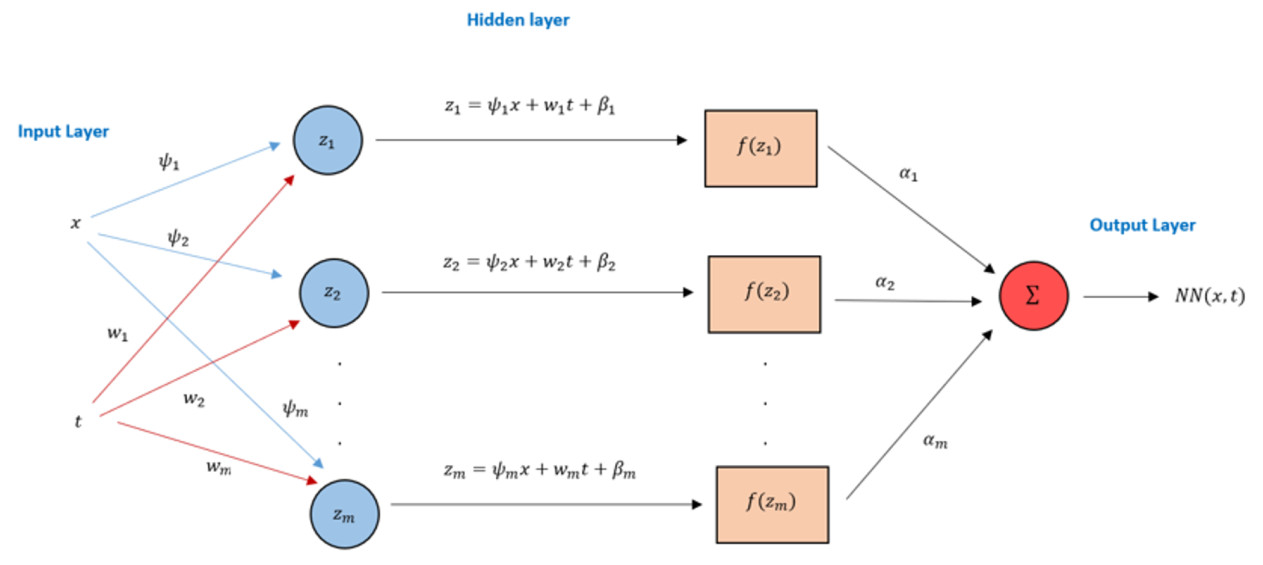
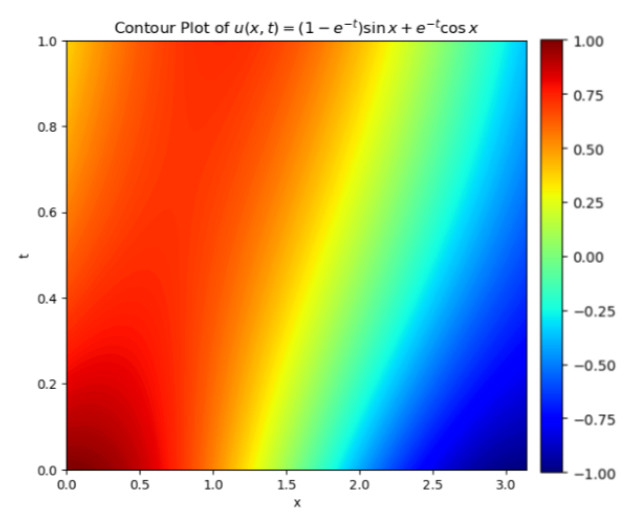
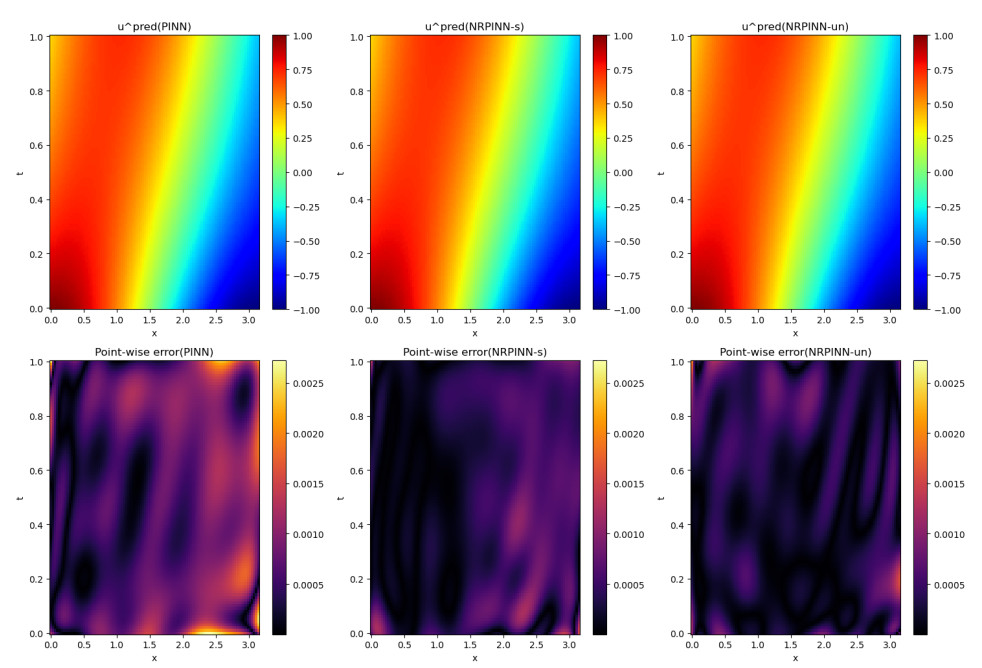
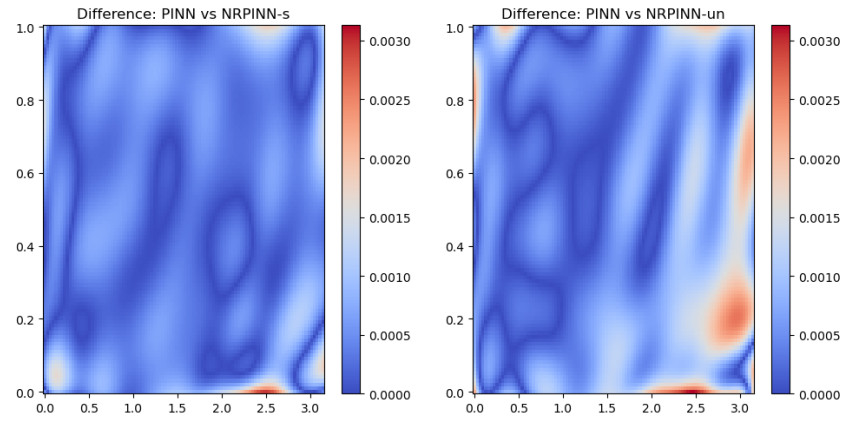

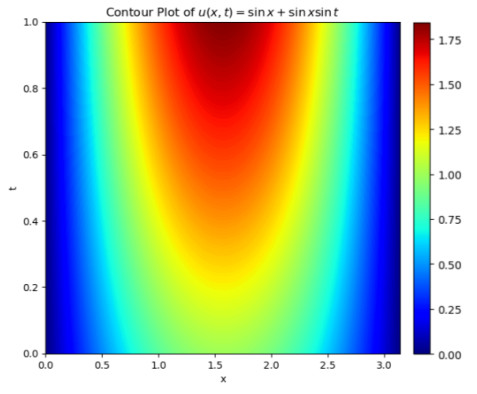

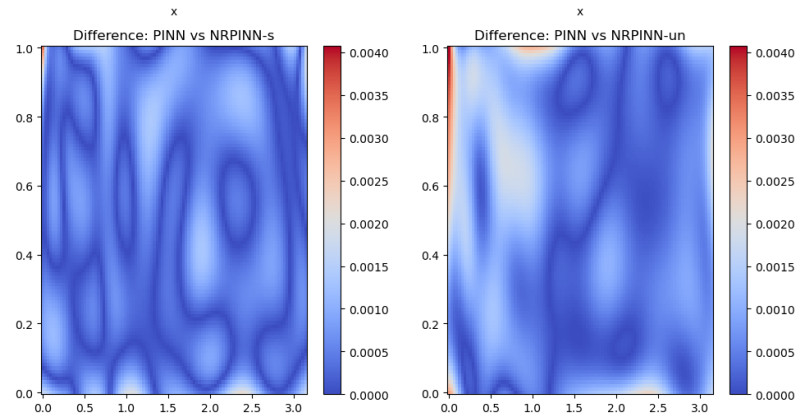
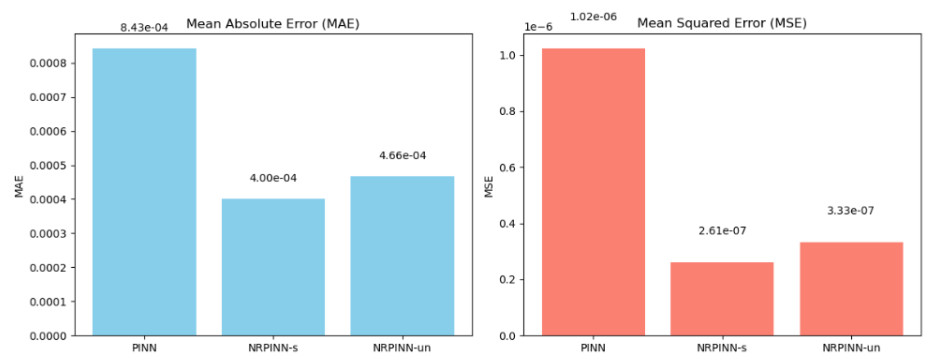


 DownLoad:
DownLoad: